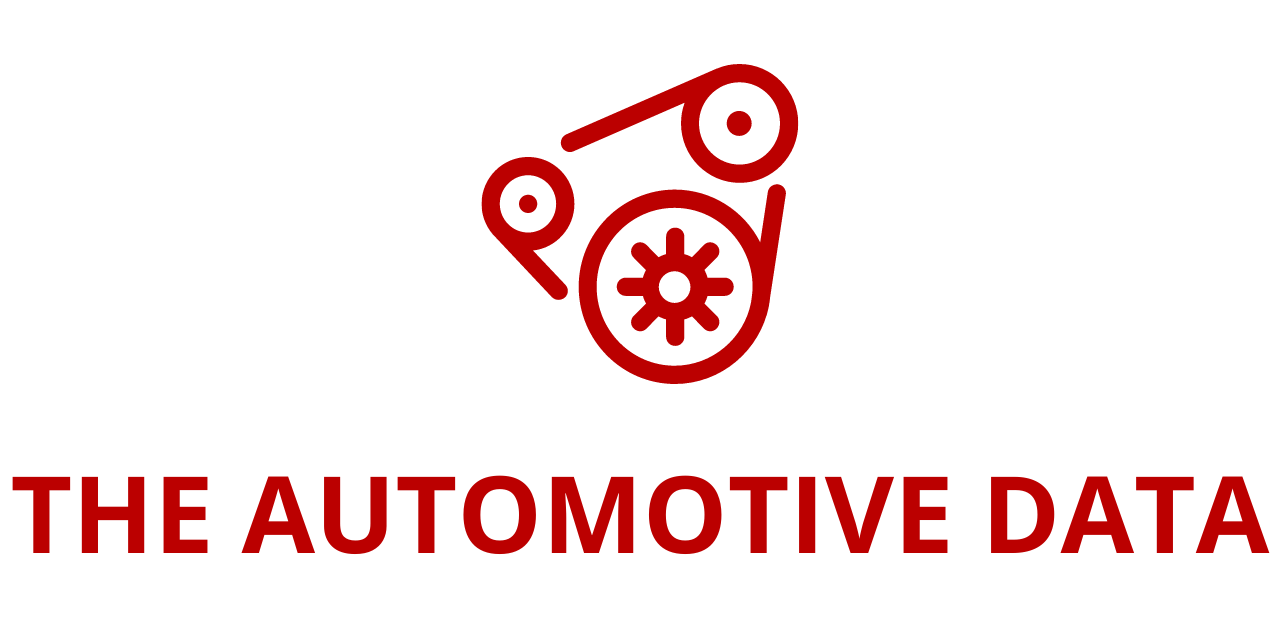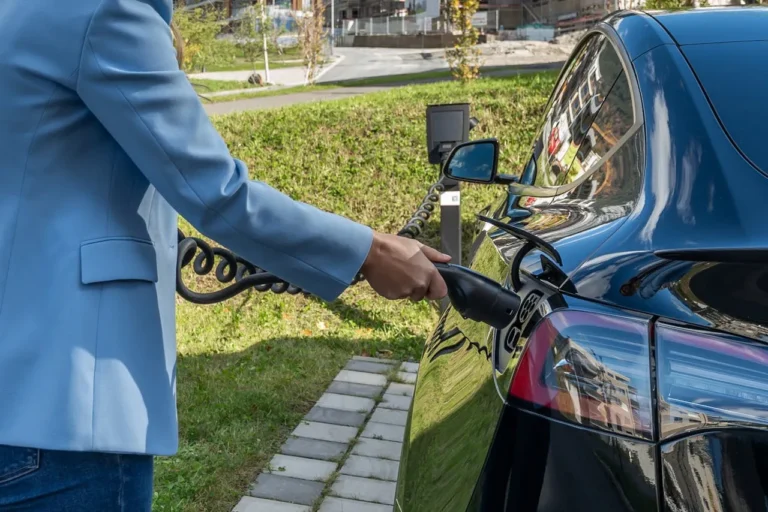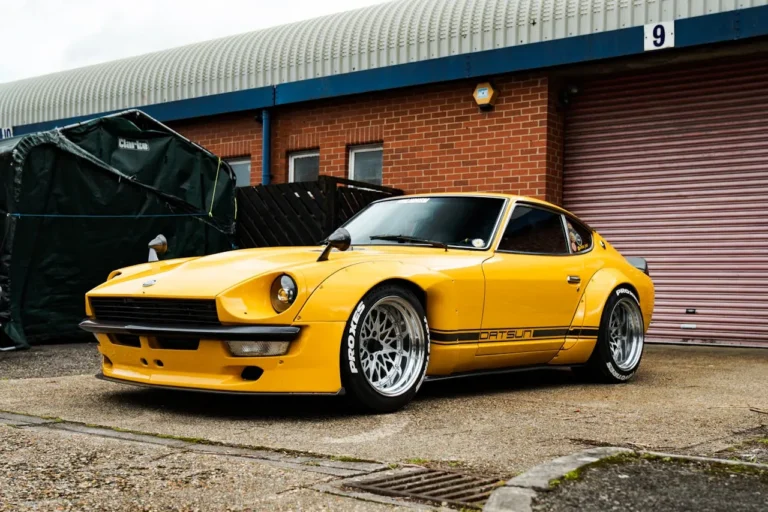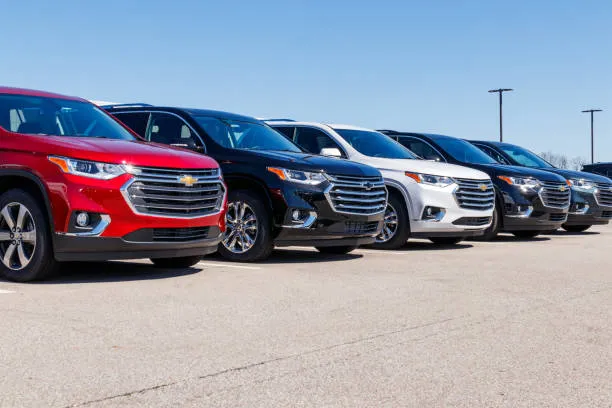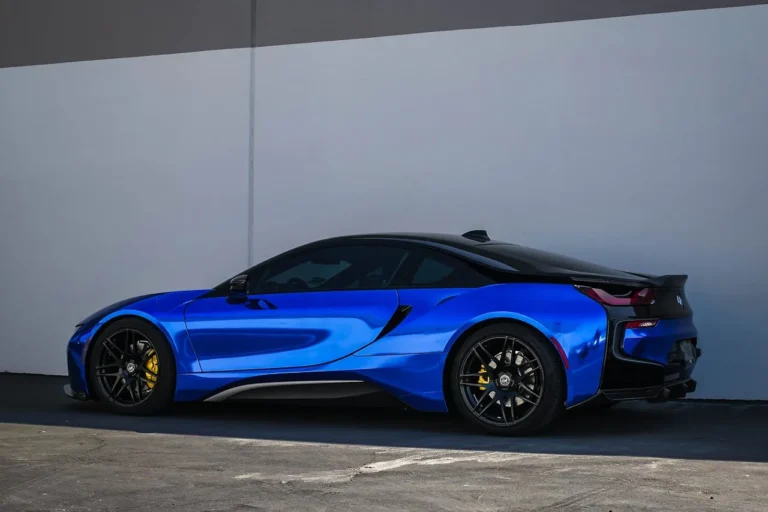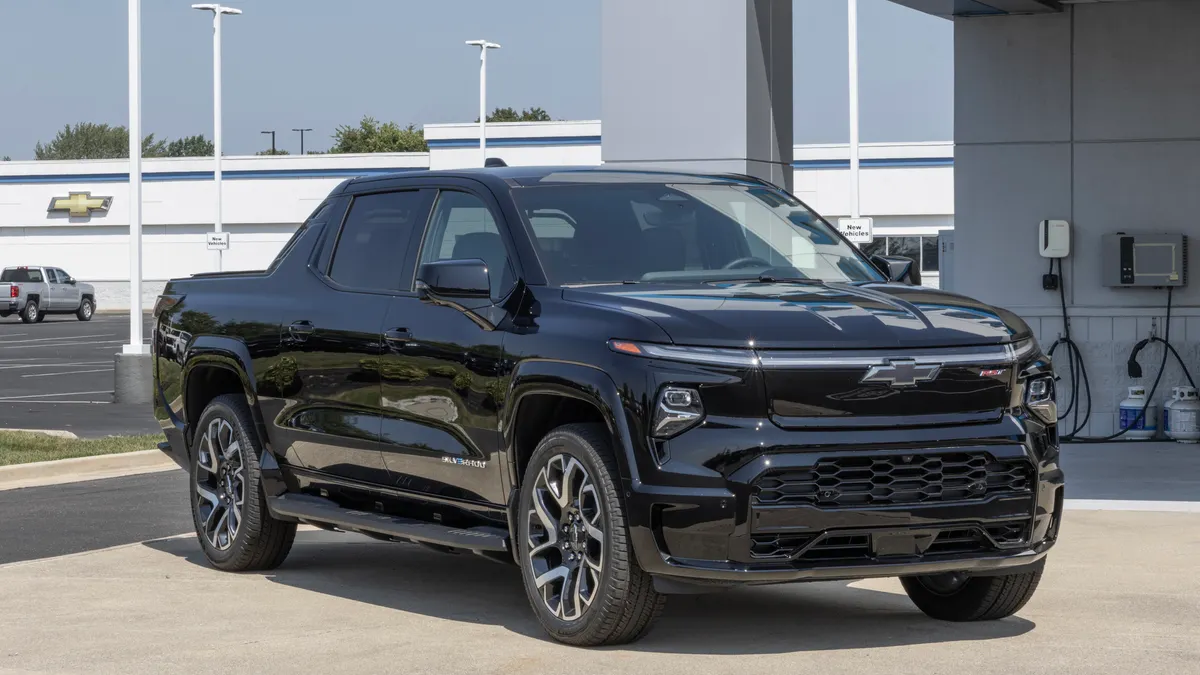
GM Theater: “Key to the Future” — How a 1956 Musical Predicted Today’s Hands-Free Driving
General Motors has always been in the business of shaping what’s next in mobility — and sometimes, that means envisioning it decades before the technology exists. In 2025, GM’s belief in the promise of hands-free driving is backed not just by vision, but by numbers: as of June 30, GM’s Super Cruise hands-free driver assistance technology was installed on more than 500,000 vehicles — more than double the total from a year earlier.
Super Cruise is now available on 23 different GM models, spanning multiple brands and vehicle types. Customers aren’t just trying it; they’re embracing it. GM projects 2025 revenue from Super Cruise to exceed $200 million, with expectations to more than double that figure in 2026. Beyond Super Cruise, GM is actively developing personal autonomous vehicles, extending its commitment to making hands-free and self-driving capabilities part of everyday life.
But GM’s fascination with autonomous driving didn’t begin in the 21st century. Long before lidar sensors, AI-powered navigation, and real-time mapping, GM was already imagining a future where cars could communicate with roads, towers, and each other — all while drivers sat back and enjoyed the ride. A vivid example of that early vision is found in a quirky, colorful, and surprisingly prophetic short film from the 1950s: “Key to the Future.
A Musical Time Capsule from 1956
“Key to the Future” isn’t just any archival film — it’s the second entry in the new GM Theater series, a curated showcase of rare and unusual videos from GM’s archives. Clocking in at just under nine minutes, this musical slice of mid-century optimism debuted in 1956 as part of GM’s Motorama, a traveling automotive extravaganza that ran periodically from 1949 to 1961.
Motorama was far more than a car show. It was an immersive spectacle of design, performance, and imagination, blending concept vehicles with theatrical productions. The 1956 edition featured an elaborate 35-minute multimedia experience also called “Key to the Future”, staged with a live cast of 70 singers, dancers, and musicians and performed six times a day in cities like New York, Miami, Los Angeles, and Boston. In total, more than two million people attended Motorama that year, making it one of the most ambitious promotional tours of its time.
When GM first announced the production in January 1956, it described it as “a bubbling show that leaps from a tuneful today into a fabulous tomorrow.” That “tomorrow” was a world of sleek highways, smart traffic management, and vehicles so advanced they seemed plucked from the pages of a science fiction comic — a vision that, remarkably, overlaps with features we’re only now starting to realize in consumer cars.
The Film’s Opening: Traffic Jams and Daydreams
“Key to the Future” begins in the most relatable way possible: a family stuck in traffic. The scene features a nuclear family archetype of the era — mom and dad in the front, son and daughter in the back — harmonizing about the frustrations of bumper-to-bumper congestion.
“We’ve got a slowdown, slooowdown,” they sing. “So much traffic cuts the flooow down.” Dad adds a jazzy solo: “Till we bring the highways up to date, you can bet your high compression, we’re gonna be late.”
The music was written by Jack Brooks, a prolific songwriter best known for penning classics like “That’s Amore.” His playful, melodic style turns what could have been a static scene into a whimsical launchpad for the film’s central fantasy.
Jumping Ahead to 1976 — in 1956
Young “Junior” in the passenger seat wonders aloud what driving might be like in the far-off year of 1976. He flips on the car’s AM radio — complete with a Chevrolet bowtie logo at the center of the dial — and the scene dissolves into a vision of the future.
Suddenly, the family is no longer in a conventional sedan. They’re cruising down an empty Arizona desert highway in the Firebird II, a striking GM concept car powered by a gas turbine engine. Sleek and futuristic, the Firebird II looked like it was halfway between a jet fighter and a spaceship, reflecting the 1950s’ fascination with aerospace design.
This wasn’t just a movie prop. The Firebird II was an actual GM experimental vehicle, part of a broader exploration into turbine technology. It featured advanced materials, a titanium skin, and — in the spirit of the film — was envisioned as part of a “safety autoway” system, where cars could travel under automated control.
Talking to the “Control Tower
In the film’s imagined future, driving is guided by a centralized traffic management system. Junior presses a button, speaks into a microphone, and says: “Hello tower, this is Firebird II … How are things on the safety autoway?”
The shot cuts to a uniformed traffic controller seated in a futuristic command center, who replies: “Tower to Firebird II, all traffic moving in normal pattern.”
It’s a whimsical version of vehicle-to-infrastructure communication — the same principle behind today’s V2X (vehicle-to-everything) technology, where cars share data with traffic systems to improve flow and safety. In 1956, this was pure fantasy. In 2025, it’s a cornerstone of autonomous driving research.
From “Fabulous Tomorrow” to Today’s Reality
When “Key to the Future” was made, the idea of a car that could steer, brake, and navigate without constant driver input was as futuristic as flying cars are today. But the film’s playful prediction of automated highways and central traffic control echoes many of the systems GM is actively developing in 2025.
Super Cruise, GM’s flagship hands-free system, already allows drivers to travel on compatible highways without touching the steering wheel, thanks to a blend of high-definition maps, GPS, lidar, cameras, and radar. Future iterations, such as Ultra Cruise, aim to expand this capability to nearly every road in the U.S. and Canada.
Meanwhile, the concept of a “control tower” isn’t far off from the cloud-based traffic management systems being explored for connected and autonomous vehicles. In fact, some experimental city projects are already coordinating traffic lights, vehicle speeds, and lane usage based on real-time data — just like the tower operator in the film.
Why It Still Matters
“Key to the Future” is more than a charming piece of mid-century marketing. It’s a reminder that the dreams of yesterday often plant the seeds for the breakthroughs of today. In 1956, GM was using entertainment to spark public imagination about technology decades away from feasibility.
Today, GM continues that tradition — not on a Motorama stage, but on highways and in customer driveways, where hundreds of thousands of drivers are experiencing hands-free travel for the first time. The company’s investment in Super Cruise and autonomous vehicle development is essentially the modern-day sequel to the Firebird II fantasy.
Revisiting the Archives
As part of the GM Theater series, “Key to the Future” is being reintroduced to a modern audience who can appreciate both its retro charm and its uncanny foresight. Just as Motorama shows once brought millions of people into direct contact with GM’s concept cars, the archive films now serve as digital time machines — transporting viewers to the moment when ideas like automated highways were just bold dreams.
From Stage to Super Cruise
Nearly 70 years separate “Key to the Future” from today’s Super Cruise rollout, but the connection is clear. Both reflect GM’s ongoing fascination with freeing drivers from the tedium of traffic and unlocking safer, more enjoyable travel.
